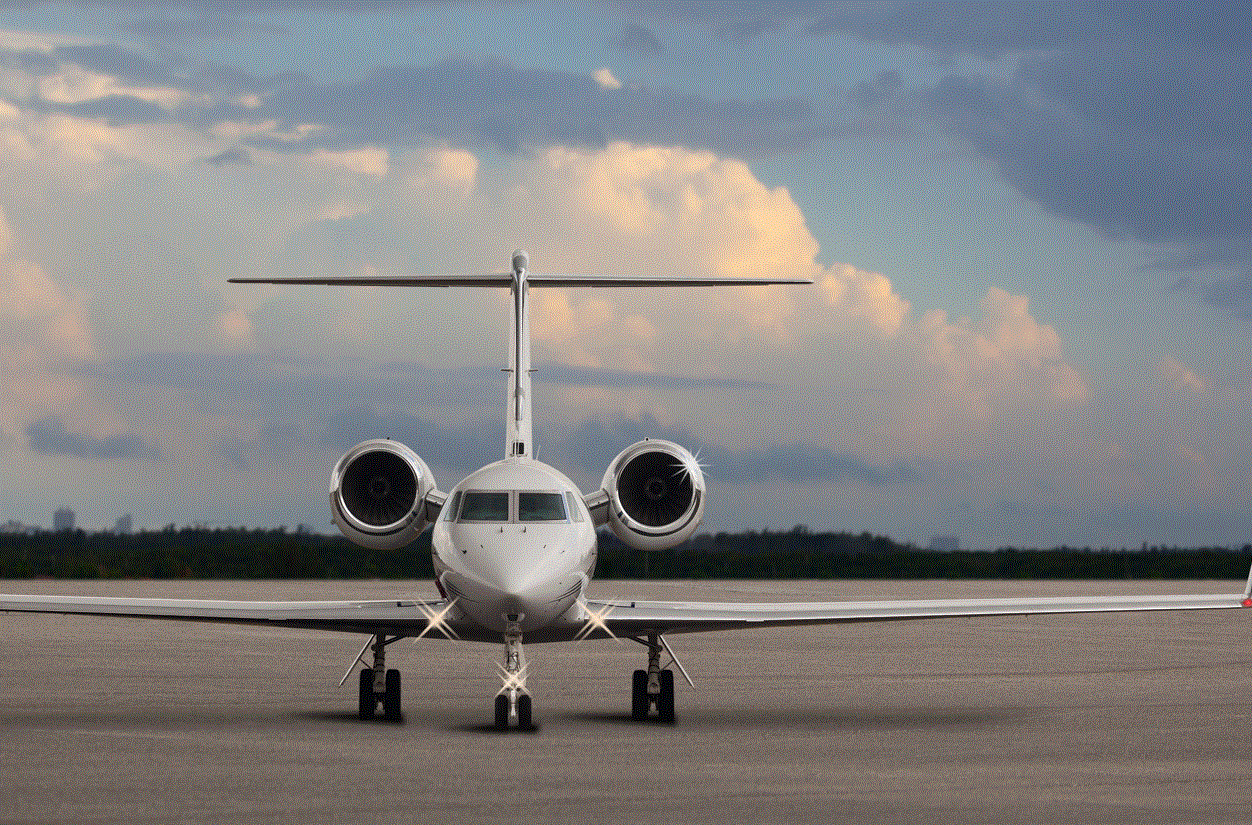
Mercury Jets, a New York-based air charter solution company, comments on how private aviation and urban air mobility can partner for a more efficient aviation.
Private jets and electric vehicles
During 2021 there were two clear trends in aviation: the high demand for private jets amidst the grounding of commercial aviation, and the rise of electric and hybrid aircraft, with leading start-ups receiving considerable investments for their evolving technology. While some of the main players are targeting to go to market in 2025, most recently, the first orders from interested business aviation companies have been place for these vehicles, highlighting the potential for both segments to lead the future of aviation.
As Ryan DeBruyne, Director of Charter Sales for Mercury Jets, sees it, both segments are perfect partners to lead the evolution of flight. “Private aviation will continue as the top option for efficient mid and long-range flights, while the new electric and hybrid aircraft will serve a new and undiscovered segment: urban flights. I envision these aircraft to take passengers from downtown to a private jet terminal, shortening commuting times and improving the overall private air experience”.
There are specifically two types of electric aircraft in the market today, the Vertical Takeoff and Landing (eVTOL) and Electric Short Take-Off and Landing (eSTOL). eVTOL are like today’s helicopters, with the capacity to take off and land vertically, making them an ideal option for operating in tight spaces. Models vary between fixed and rotary wing aircraft. eSTOL, on the other hand, are uniquely fixed wing and they can take off and land like a conventional airplane, thus needing less energy to operate and offering more cargo capacity.
Fueling the future
While both have pros and cons regarding design and efficiency, they seek to be the solution to congested cities and slow commutes. Nevertheless, the main challenge for both concepts is the fuel aspect. While full electric is the ideal state in terms of carbon neutrality, storage and efficiency are the main concerns for that type of energy. Batteries are heavy and, in aviation, that is critical.
Hybrid is probably the most prepared option to hit the market, with the readily available A1 jet fuel as a complement to power the aircraft generators, granting more range and efficiency to each flight. Furthermore, the infrastructure is already in place, while potentially serving as the building block for total aviation electrification in the future.
Last but not least, hydrogen is also being considered as a power source for the urban air mobility ecosystem. It possesses great energy capacity, but it has raised some concerns on the scalability side, costs, and overall market supply. It looks like the fuel of the future will need to wait a few more years to turn into a more viable option.
Partnering towards the future
While either eSTOL, eVTOL or even the Conventional Take-Off and Landing (eCTOL) vehicles, which are aircraft of conventional design, like a Cessna Grand Caravan, for instance, but with electric motors, are projected to compete in the urban and regional segment, it is highly probable that private aviation, still led by combustion fuel (although more sustainable options will be available in the upcoming years), will continue leading the longer range flights of two hours or more.
Along those lines, DeBruyne, concludes that the combustion turbine will remain king for long operations.
“The scalability of a more emissions-friendly aviation will happen slowly, with hybrid making the most sense today. Private aviation is the perfect partner for the urban air mobility ecosystem as it targets, at this initial stage, the same potential range of consumers, who are open to more efficient means of transportation and comfort.”
He adds, “One thing is for sure, though, private jet charter will continue for a long period of time with its increased demand and as the top option for mid to long haul flights. However, I am really looking forward as to how both segments can elevate aviation to a completely new experience and impact, together, the urban commute.”

